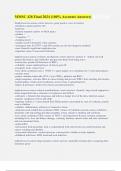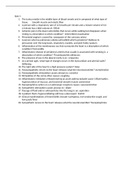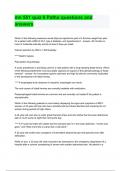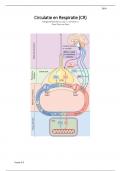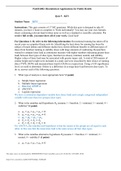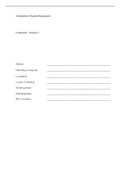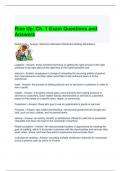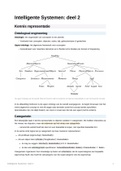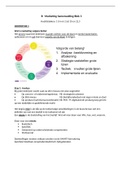Exam (elaborations)
MMSC 428 Final 2024 (100% Accurate Answers)
- Course
- MMSC 428
- Institution
- Chamberlain College Nursing
MMSC 428 Final 2024 (100% Accurate Answers) Staphylococcus aureus correct answers -gram positive cocci in clusters -facultative aerobe (prefers O2) -halotonic -ferment mannitol (yellow on MSA plate) -catalase + -*coagulase +* -clumping factor + -medium sized b-hemolytic white colonies -s...
[Show more]
